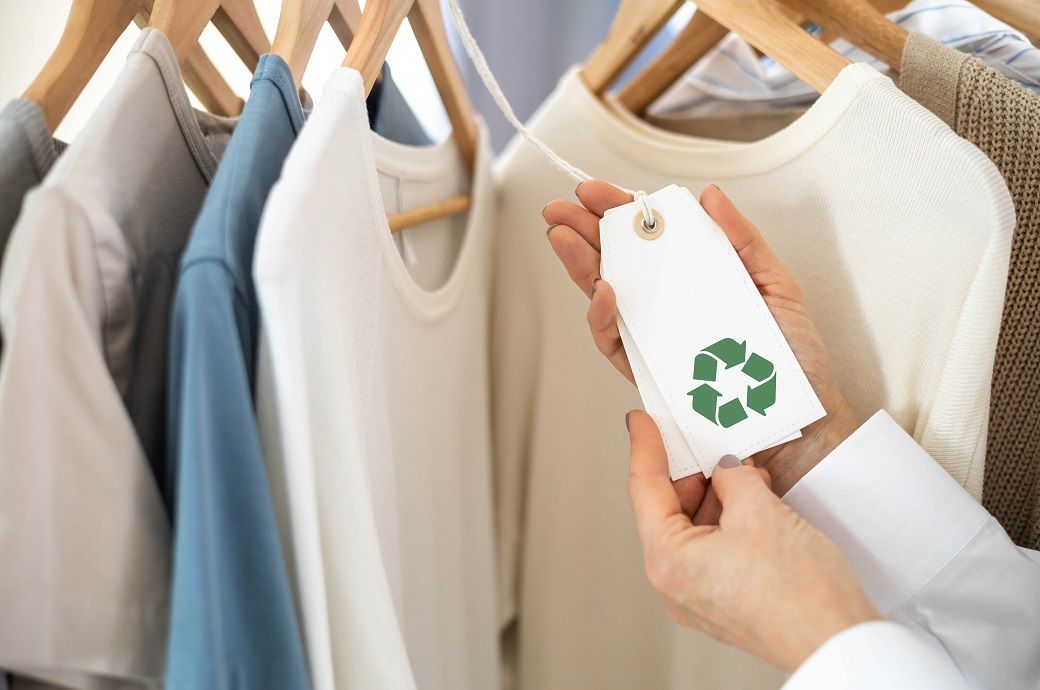
A comprehensive study, involving over 2,000 UK shoppers, found that a visible charge on clothing items could significantly enhance funding for textile recycling and reuse without deterring consumers. Consumers don’t want things wrapped up in an overall cost or for brands to make decisions for them.
A modest fee of £0.50 (~$0.68) per clothing item would largely go unnoticed by shoppers, while a £1 (~$1.35) charge on higher-priced garments (above £40) would also be acceptable. In the past figures as low as one penny has been mooted – consumers said that they would tolerate far more. Interestingly, charges of up to £5 (~$6.76) per item would be required before significantly influencing purchasing decisions toward more sustainable products.
“Consumers clearly told us that transparency is essential. They want simple, visible information at the point of sale to help them make sustainable choices. It’s encouraging to see such widespread support for practical steps towards greater sustainability in fashion,” Kristina Bull, co-founder of WEFT, said.
Transparency emerged as a critical factor, with over 80 per cent of respondents favouring a clearly displayed charge at the point of sale. Shoppers showed a strong preference for a simple, traffic-light style labelling system indicating the environmental impact of products, UKFT, which works closely with QSA Partners and WEFT, said on its website.
“This research provides critical insights into consumer tolerance and preferences for EPR charges on clothing,” said professor Stephen J Russell of the University of Leeds. “It clearly demonstrates how small, well-communicated charges can help drive meaningful changes towards a more circular economy.”
Key findings from the study highlight the importance of clear, purposeful communication. Consumers prefer the term ‘charge’ over ‘fee’, with 70 per cent supporting visible charges when transparently explained. While sustainability still ranks below price, comfort, and fit in purchasing decisions, clear labelling significantly increases consumer willingness to choose sustainable products. Notably, tolerance for an EPR charge was consistent across all income levels, suggesting broad acceptance when the reasoning is clear.
Introducing a small charge could generate between £2 billion (~$2.70 billion) and £4 billion (~$5.41 billion) annually, which could significantly enhance textile collection and recycling infrastructure, support the transition to a circular economy, and stimulate green job creation. Crucially, if implemented correctly, this initiative would not place a financial burden on the exchequer.
WEFT and partners recommend further testing of consumer responses to EPR charges and clear labelling systems. They also stress the importance of designing policies that do not disproportionately affect lower-income groups.
WEFT, a leading independent organisation driving fair and balanced textile EPR systems in the UK, is planning additional research in autumn 2025 to further refine these findings, supported by the Back to Baselines programme.
ALCHEMPro News Desk (RR)
Receive daily prices and market insights straight to your inbox. Subscribe to AlchemPro Weekly!